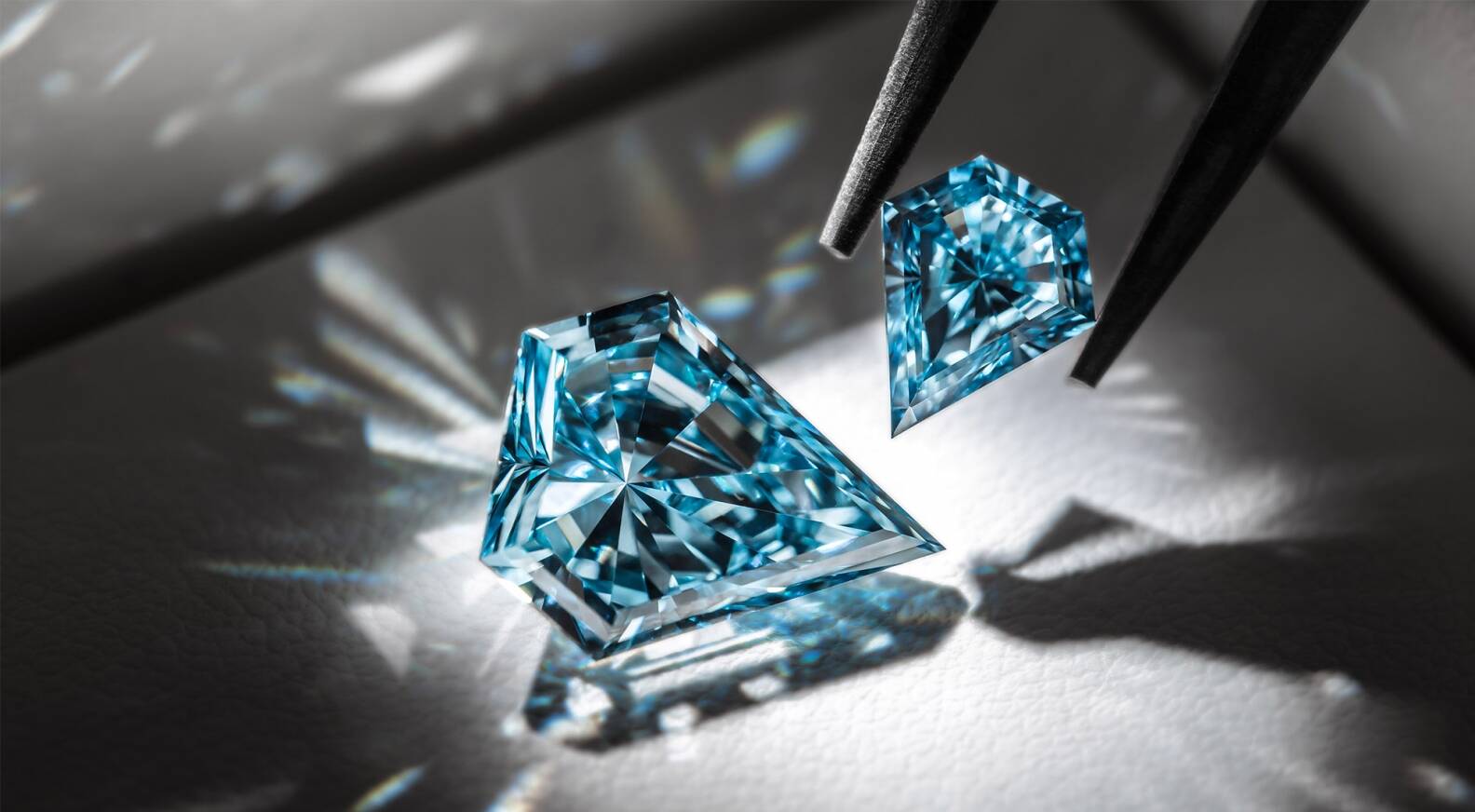In today’s era of innovation and sustainability, the diamond industry is witnessing a significant shift towards lab-grown diamonds, with Chemical Vapor Deposition (CVD) technology at the forefront. This article delves into the fascinating realm of lab-grown diamonds produced through CVD, exploring their creation process, characteristics, market impact, ethical considerations, and the future landscape of the diamond industry.
Table of Contents
1. Understanding CVD Technology: How Lab-Grown Diamonds are Cultivated
The Science Behind CVD
Lab-grown diamonds crafted using CVD technology involve a meticulously controlled process mimicking the natural conditions under which diamonds form within the Earth’s mantle. Carbon atoms are deposited onto a substrate in a vacuum chamber, allowing for the gradual buildup of a crystalline structure.
Precision and Control
One of the key advantages of CVD technology is its ability to precisely control the growth conditions, resulting in diamonds of exceptional purity and quality. By fine-tuning factors such as temperature, pressure, and gas composition, manufacturers can achieve desired characteristics with remarkable accuracy.
2. Characteristics of Lab-Grown Diamonds: Defining Features and Distinctions
Optic and Physical Properties
Lab grown diamonds cvd exhibit identical chemical and optical properties to their naturally occurring counterparts. Their brilliance, hardness, and clarity make them indistinguishable to the naked eye, offering consumers a sustainable alternative without compromising on quality.
Ethical and Environmental Considerations
Unlike traditional diamond mining, which often involves environmental disruption and ethical concerns, lab-grown diamonds offer a more sustainable and socially responsible choice. With minimal environmental impact and ethical transparency, these diamonds appeal to conscientious consumers seeking ethical luxury.
3. Market Impact and Consumer Perception: Shaping the Future of the Diamond Industry
Rising Demand and Market Expansion
The increasing awareness of environmental and ethical issues, coupled with the allure of sustainable luxury, has propelled the demand for lab-grown diamonds to new heights. As consumers prioritize transparency and sustainability, the market for lab-grown diamonds is poised for significant growth.
Changing Perceptions and Industry Dynamics
Lab-grown diamonds are challenging traditional notions of luxury and exclusivity, offering a compelling alternative for discerning consumers. With advancements in technology and shifting consumer preferences, the diamond industry must adapt to accommodate this evolving landscape.
4. The Future of Diamonds: Navigating Opportunities and Challenges
Innovations and Advancements
As CVD technology continues to evolve, so too will the capabilities of lab-grown diamond production. From larger and more intricate diamonds to novel applications in various industries, the future holds boundless possibilities for innovation and growth.
Overcoming Skepticism and Misconceptions
Despite their undeniable benefits, lab created diamonds still face skepticism and misconceptions within the market. Educating consumers about the science behind lab-grown diamonds and dispelling common myths will be crucial in fostering wider acceptance and adoption.
5. Conclusion: Embracing a Sustainable Sparkle
In conclusion, the advent of lab-grown diamonds through CVD technology represents a paradigm shift in the diamond industry. With their exceptional quality, ethical integrity, and environmental sustainability, these diamonds offer a promising path towards a more conscious and responsible future. As consumers increasingly prioritize sustainability and transparency, lab-grown diamonds are poised to shine ever brighter on the global stage, redefining luxury for generations to come.
In a world where the allure of diamonds meets the imperative of sustainability, CVD technology stands as a beacon of innovation, offering a dazzling array of possibilities for a brighter, more sustainable future.















